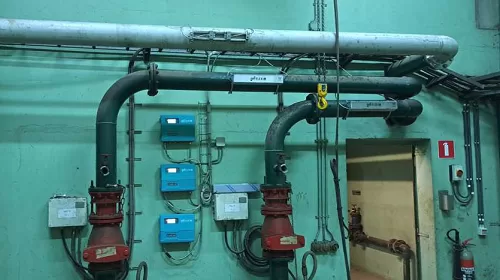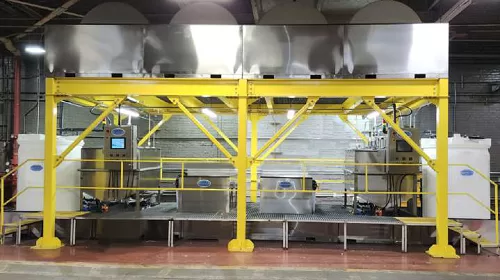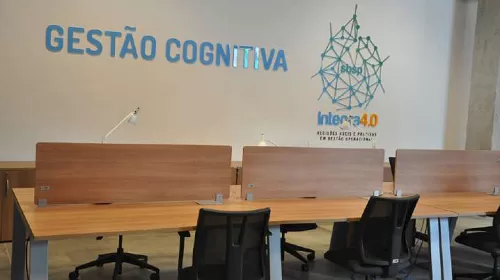By DHI India
Case Study 1: DEVELOPMENT AND MACRO-CALIBRATION OF THE WATER DISTRIBUTION MODEL OF GANGTOK, INDIA, 2005 8 Location: Gangtok, Sikkim, India Type of project: Development and macrocalibration of the detailed water distribution model of Gangtok including monitoring for flows and pressures 8 Client: Gangtok Water Supply and Sanitation Project GWSSP, Gangtok, India. The project was externally funded via KBR, Australia.
Description Gangtok lies on the west of the River Ranipool, in the foothills of Kanchenjunga, at an elevation of 1,700m (5,600 ft), the town is 21 km (13 mi) away from the border with Tibet. The water supply system consists of 120km of the pipelines, diameter ranging from 10 to 1,000 mm, 72 storage tanks, and 50 main demand zones, the total demand is approx. 120 l/s and it supplies water to 60,000 consumers. The water supply is intermittent with short supply hours in morning and later afternoon. he main purpose of the hydraulic model was to analyze the current water distribution and provide recommendation for the system augmentation and improvements. Realistic water demands on the entire reservoir tanks were estimate and suggestion for the improved operation of the system were provided. Specific monitoring for flows and pressures was organized in order to understand the system behaviour and to calibrate the hydraulic model. Proposed augmentation plans were inserted into the hydraulic model and advice on eventual improvements/amendments of the design was provided including future extensions/amendments of the Gangtok water supply system GWWSP personnel were train on the use of the hydraulic model.
Case Study 2: MODELING AND DESIGN OF PORT BLAIR WATER SUPPLY SYSTEM, INDIA, 2007 8 Location: Port Blair, India 8 Type of project: Modelling and design of Port Blair water supply system 8 Client: Port Blair Municipal Commission, Port Blair, India. Description: Port Blair has been experiencing a worsening drinking water situation for the last few years with PBMC able to supply barely 70 litre/ capita/dayin the dry season. In addition difficulties in the distribution system have caused PBMC to restrict the water supply, even during the monsoon, to alternate days. During the dry season, the water supply is given once in three or even four days. During 2002, when the Dhanikhari Dam, the major source of supply, was nearly empty, emergency measures were required to be made to supply 20 litres/capita/day by bringing in water from a neighbouring island. This is much less than the recommended 120 litres/capita/day for towns of population without sewerage system as in case of Port Blair. In order to provide better facilities to the town dwellers, efficient management of NRW was necessitated. The network of local overhead tanks and distribution network is shown below. The physical losses are the “real” losses resulting from leaks in pipes and reservoirs. It is measured that there are about 50 % losses or difference between treatment plant discharge and Police Hill reservoir tank. The losses are mainly due to the pump reduction in pump efficiency and losses in the pumping main. Overall the losses in the secondary system are about 30%. DHI supplied the hydraulic model in order to analyse the existing water supply and distribution and in order to provide recommendations for improvements.





